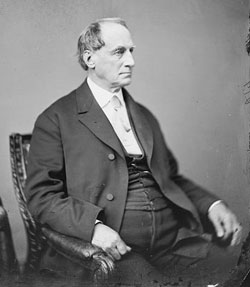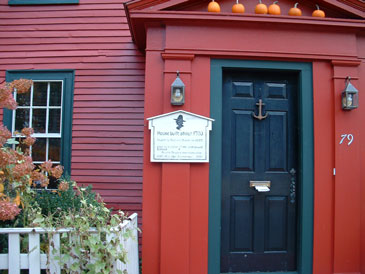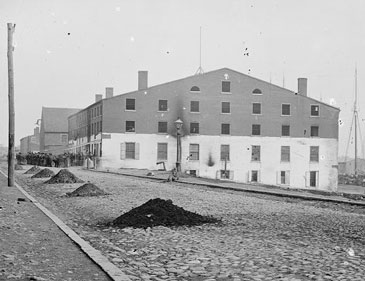Caleb Cushing
(63 High Street)
Portrait of Caleb Cushing.
 |
Caleb Cushing was one of Newburyport’s most prominent citizens in the 19th century. With a Harvard education behind him, Mr. Cushing would achieve such posts in life as a Mayor of Newburyport, Member of the Massachusetts House of Representatives; Ambassador to China; and in diplomatic positions for President Andrew Johnson and President Ulysses Grant.
As a member of President Franklin Pierce’s cabinet he became very good friends with Jefferson Davis. The men were like brothers. Davis visited Newburyport in October 1858, staying at Cushing’s home at 63 High St., and spoke at Faneuil Hall in Boston. Cushing’s relationship with Davis and other Southern connections made him suspect during the Civil War (Jefferson Davis became the President of the Confederate State of America).
In 1860, Mr. Cushing would be considered as a possible candidate for President but Stephen Douglas became the Democratic nominee.
[return to top of page]
Richard Plumer
(79 Federal Street)
79 Federal Street, home of Richard Plumer. Photograph by Elizabeth Hallett.
 |
Most people in Newburyport did not have abolitionist sentiments and didn’t want to hamper business trade with southern ports which fed most of the Newburyport citizenry.
However, abolitionist Richard Plumer had a dry goods store on State Street and going against the grain, was an active agent for the Underground Railroad helping escaped slaves on their way to Canada out of the reach of the Fugitive Slave Act which would return them to bondage.
During Frederick Douglass’ visit to Newburyport in 1841, he stayed at the home of Plumer, 79 Federal Street.
[return to top of page]
Joseph Moody
(7 Milk Street, viewable from Federal Street)
At 7 Milk Street lived the loyal son of Newburyport, Joseph Moody.
Civil War prison, Libby Prison in Richmond, Virginia. Library of Congress.
 |
Moody served in the 48th Massachusetts in places like New Orleans and Baton Rouge, but continued his serve in the 59th Massachusetts Regiment leaving for battle in April ’64 in time for the Battle of the Wilderness, Spotsylvania and Cold Harbor.
It was while at the siege of Petersburg that Moody was taken as a P.O.W. and served time in the infamous Libby Prison in Richmond, then to prisons in Macon, GA, then Savannah, GA and finally to Charlotte, NC. He made an escape attempt but was recaptured.
[return to top of page]
William Lloyd Garrison
(School Street)
Arguably the most famous abolitionist, William Lloyd Garrison, was born in the house on School Street right behind Old South Church.
The childhood home of William Lloyd Garrison located on School Street. William Hallett Collection.
 |
As a young boy Garrison was apprenticed to the Newburyport Herald and learned the business of newspapers. This took him to editing the Free Press in 1826 and around this time he became friends with fellow advocate John Greenleaf Whittier of Amesbury.
In 1831 in Boston, he began publishing his anti-slavery paper The Liberator which was so powerful it was made illegal in many southern states. Publication ceased in December 1865 when the war and slavery were both over.
[return to top of page]

 Copyright © 2012, Newburyport Clipper Heritage Trail. All rights reserved.
Copyright © 2012, Newburyport Clipper Heritage Trail. All rights reserved.

 Copyright © 2012, Newburyport Clipper Heritage Trail. All rights reserved.
Copyright © 2012, Newburyport Clipper Heritage Trail. All rights reserved.